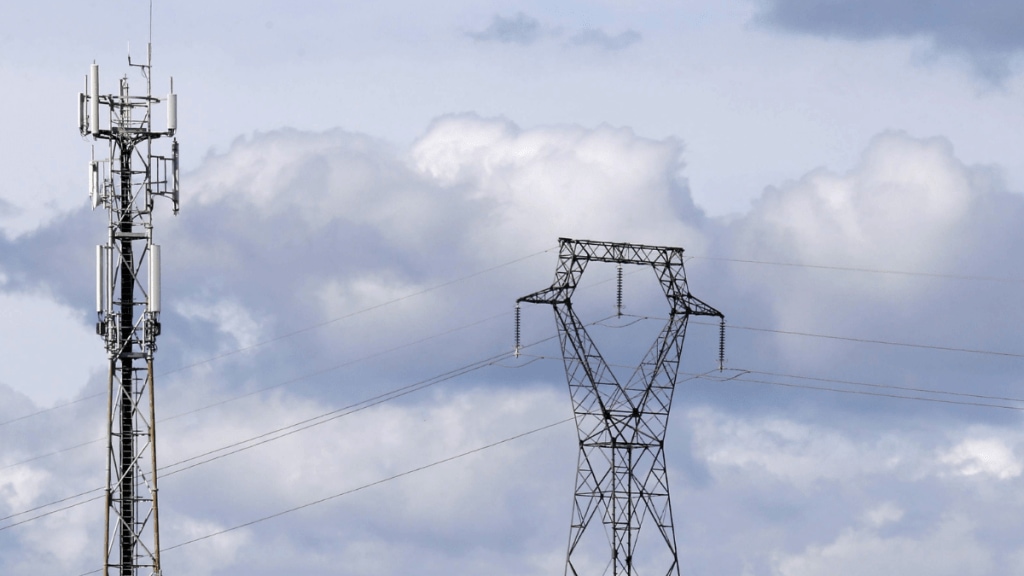With the Supreme Court on Monday agreeing to hear Vodafone Idea’s curative petition for correction of alleged errors in adjusted gross revenue (AGR) dues, analysts say a positive verdict could reduce the liability of the telecom operator by 50%.
Similar relief is expected for Bharti Airtel. Collectively, such a ruling could lead to a benefit of over Rs 50,000 crore for the telecom operators, according to analysts. On Tuesday, shares of Vodafone Idea rose as much as 6% during the day before closing 0.7% higher at Rs 16.8 on the BSE. Shares of Airtel closed 2% higher at Rs 1,466.
“The management (of Vodafone Idea) is optimistic about a favourable outcome in the AGR case and believes the government remains supportive. The potential reduction in dues, if the curative petition is successful, could be Rs 30,000-35,000 crore,” brokerage house Citi said in a note. The brokerage has maintained a ‘buy’ rating on the company’s stock with a target price of Rs 23.
The matter relates to the AGR verdict of the Supreme Court in 2019, wherein the apex court had directed incumbent telcos like Airtel and Vodafone Idea to pay dues as per calculations of the department of telecommunications (DoT). An appeal by the telecom operators for recalculation of dues was rejected by the SC in July 2021.
The companies had alleged DoT had made several errors in arriving at the AGR dues, which totalled over Rs 1 trillion. For Airtel, the original demand under the AGR case was Rs 63,000 crore (including liabilities on acquired spectrum from Tata, Telenor etc). For Vodafone Idea, the figure was Rs 58,000 crore. Of these, Airtel has paid Rs 18,000 crore, and Vodafone Idea Rs 8,000 crore.
“It is a travesty of justice that the petitioner is restrained from questioning arithmetical errors/omissions, which are going to cost the petitioner approximately Rs 25,000 crore,” Vodafone Idea had said in its review petition.
Brokerage house UBS Securities in a recent note said roughly 75% of the total AGR due was attributable to penalty and interest on penalty. If the calculation errors suggested by telcos are accepted, the liabilities “could be reduced further by Rs 35,000-36,000 crore for VIL (50% of the outstanding in its books) and Rs 20,000 crore for Airtel (assuming a similar proportion of its outstanding liability)”, UBS added.
On Monday, senior advocate Harish Salve, representing Vodafone Idea, told the Supreme Court that the company was looking to raise debt funding to pay its dues, but potential lenders require clarity on the company’s exact liability.
While analysts see the move as positive for Vodafone Idea, brokerage JM Financial said VIL still needs Arpu to jump sharply to Rs 320 in FY27 (vs Rs 146 in Q4FY24) to meet the annual payment obligation of Rs 35,000 crore.
At the end of the March quarter, Vodafone Idea’s gross debt (excluding lease liabilities and including interest accrued but not due) was at Rs 2.16 trillion. The gross debt comprises deferred spectrum payment obligations of Rs 1.3 trillion, AGR liabilities of Rs 70,320 crore that are due to the government, debt from banks and financial institutions of `4,212 crore and optionally convertible debentures amounting to `160 crore.
Telecom operators recently raised the headline tariffs after a gap of two years and that is seen as revenue accretive for the companies.
“The industry Arpu should dial up to a decadal high of Rs 225-230 by end of next fiscal compared with Rs 182 last fiscal,” said Manish Gupta, senior director and deputy chief ratings officer at Crisil Ratings. “Increase will have two distinct levers – one, the recent tariff hikes of 17-19% by telcos and, two, organic growth in data usage amid increasing 5G penetration.”
According to Crisil, the moderation in capex as well as healthy profitability will enable telcos to pare their debt to Rs 5.6 trillion next fiscal from peak debt of Rs 6.4 trillion in FY24.

